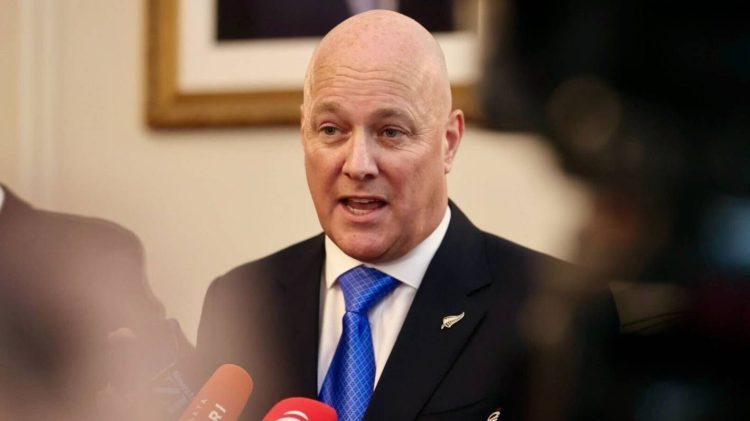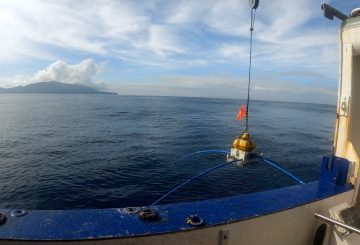Christopher Luxon, perdana menteri baru, telah berjanji untuk mengurangi jumlah pegawai layanan publik dan mengarahkan sumber daya negara ke tujuan pemerintah. Dia bertujuan untuk mengatasi tingginya biaya hidup, memulihkan hukum dan ketertiban, dan memotong 6,5% biaya layanan publik.
Meskipun memiliki total 30 menteri dan wakil sekretaris, Luxon menegaskan pemerintahannya tidak terlalu besar. Dia menunjukkan bahwa pendahulunya, Jacinda Ardern, memiliki jumlah menteri yang sama pada tahun 2017. Namun, pemerintahannya memiliki tiga menteri lebih banyak di luar Kabinet daripada pemerintahan John Key pada 2014.
Luxon dan para menterinya secara resmi dilantik pada sebuah upacara di Wellington, menjanjikan kesetiaan mereka kepada Raja Charles. Gubernur Jenderal, Dame Cindy Kiro, secara resmi menunjuk Luxon sebagai Perdana Menteri. Kabinet baru akan memulai pertemuannya minggu ini, dengan Luxon berencana untuk menyelesaikan rencana pemerintah untuk 100 hari pertama menjabat.
Winston Peters, yang akan menjabat sebagai wakil Luxon selama 18 bulan ke depan sebelum diserahkan kepada pemimpin Parti ACT David Seymour, mengkritik wartawan TVNZ dan RNZ karena jurnalisme yang bias. Dia menyebut Dana Jurnalisme Kepentingan Umum pemerintah, yang didirikan pada tahun 2020 untuk mendukung media berita selama penurunan Covid-19, sebagai “penyuapan.”
Peters juga berjanji bahwa agenda kebijakannya yang kontroversial, yang mencakup mengubah nama departemen pemerintah dari te reo Māori ke bahasa Inggris, akan meningkatkan hubungan ras. Namun, baik Peters, Luxon, maupun Seymour tidak dapat memberikan rincian tentang kapan perubahan nama akan dimulai, berapa lama waktu yang dibutuhkan, atau berapa biayanya. Luxon menyatakan bahwa semua non-Māori yang menghadapi lembaga pemerintah akan mengubah nama mereka menjadi bahasa Inggris.





























































